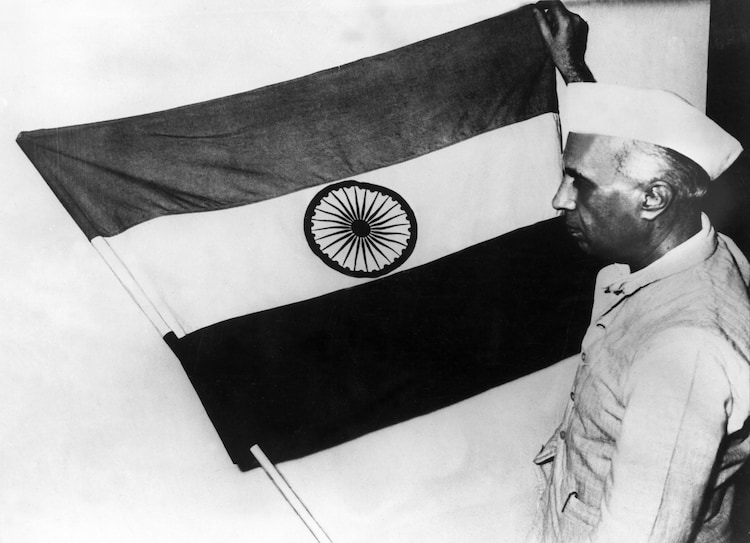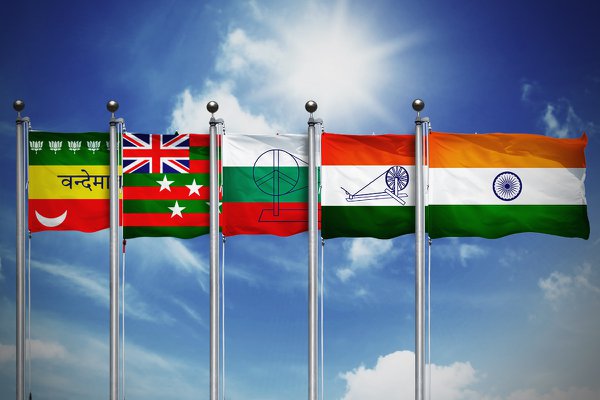As India prepares to celebrate its 78th Independence Day, the Indian national flag—affectionately known as the Tiranga—remains a potent symbol of the nation’s sovereignty, unity, and democratic values. This iconic flag, seen fluttering across the nation from the Red Fort to cricket stadiums, evokes a deep sense of pride and patriotism. On this momentous occasion, let us revisit the history, significance, and evolution of the Tiranga, the emblem that unites us all.

The Meaning Behind the Colors of the Tiranga
The Indian flag consists of three horizontal stripes: saffron at the top, white in the middle, and green at the bottom. Each color carries profound symbolism. The saffron stripe represents strength and courage, reminding us of the resilience needed to maintain the nation’s integrity. The white stripe stands for peace and truth, emphasizing the importance of harmony and honesty. The green stripe symbolizes the land’s fertility and growth, reflecting India’s agricultural roots and its potential for prosperity. At the heart of the flag lies the Ashoka Chakra, a 24-spoke wheel that signifies progress and movement, underscoring the necessity of continuous forward motion and change.
The Historical Evolution of the Indian Flag
![]()
The Indian national flag has undergone significant transformations since its inception, each iteration reflecting the country’s evolving struggle for freedom and unity.
-
1906: The first Indian national flag was hoisted in Calcutta’s Parsee Bagan Square. Comprising green, yellow, and red horizontal stripes, it symbolized the Swadeshi movement and resistance against British goods. The flag featured various symbols, including lotuses and a crescent moon.
-
1907: Madam Bhikaji Cama presented the second version at the International Socialist Congress in Stuttgart. Known as the Berlin Committee flag, it featured an orange stripe at the top and stars in place of the lotuses. The red stripe was replaced by green, with a crescent moon, sun, and star in the corners.
-
1917: During the Home Rule Movement, Annie Besant and Bal Gangadhar Tilak unveiled a flag with nine horizontal stripes and a British Union Jack in the corner, reflecting the demand for greater autonomy under colonial rule.
-
1921: Pingali Venkayya introduced a flag design to Mahatma Gandhi, featuring white, green, and red stripes with a Charkha (spinning wheel) in the center. Though not immediately adopted, this design symbolized the unity of India’s diverse communities.
-
1931: Venkayya’s design underwent modifications, closely resembling the current national flag. The Charkha was replaced by the Dharma Chakra, symbolizing law and righteousness.
-
1947: Following independence, a committee led by Rajendra Prasad finalized the design of the flag. They adopted Venkayya’s design, replacing the Charkha with the Dharma Chakra, embodying the principles of justice and forward motion.
The Visionary Designer: Pingali Venkayya
Pingali Venkayya, a freedom fighter from Andhra Pradesh, played a pivotal role in designing the Indian national flag. A University of Cambridge graduate, Venkayya was deeply influenced by Mahatma Gandhi’s principles. His experiences as a British soldier and his dedication to India’s independence inspired him to create a flag representing the nation’s unity. In 1916, he published a booklet with twenty-four flag designs, laying the groundwork for what would become the symbol of a free India.
The Evolution of the Present-Day Flag
The journey of the Indian tricolor, hoisted by Prime Minister Nehru on August 16, 1947, at the Red Fort, is steeped in history and struggle. The original design of the flag dates back to the early 20th century, with contributions from various freedom fighters and leaders. Notably, Sister Nivedita, an Irish disciple of Swami Vivekananda, made the first Indian flag composed of red and yellow colors, symbolizing the freedom struggle and valour of victory.
In subsequent years, freedom activists like Sachindra Prasad Bose, Hemchandra Kanungo, Vinayak Damodar Savarkar, and Madam Cama contributed to the flag’s evolution, each design reflecting the aspirations and unity of the Indian people. The final design, adopted by the Constituent Assembly on July 22, 1947, symbolizes strength, peace, and growth, with the Ashoka Chakra at its center representing progress and the eternal wheel of law.
The Flag Code of India
On January 26, 2002, the Flag Code of India was revised, allowing Indian citizens to hoist the national flag at their homes, offices, and factories on any day, not just national holidays. This revision, known as the Flag Code of India, 2002, is divided into three parts. Part I provides a general description of the National Flag, Part II specifies display guidelines for public, private organizations, and educational institutions, and Part III focuses on the display protocols for Central and State Governments and their respective organizations and agencies. Adhering to these protocols ensures that the Tiranga is displayed with the utmost respect and dignity.
As we celebrate 78 years of independence, the Indian national flag stands as a testament to the nation’s journey, aspirations, and the sacrifices made by our freedom fighters. The Tiranga continues to unite India, bringing together diverse communities under a single banner, embodying the values of independence, courage, and unity. This Independence Day, as we hoist the flag, let us remember the rich history and significance it represents, and the unyielding spirit of the nation it symbolizes.
Watch the video here
Reference:







